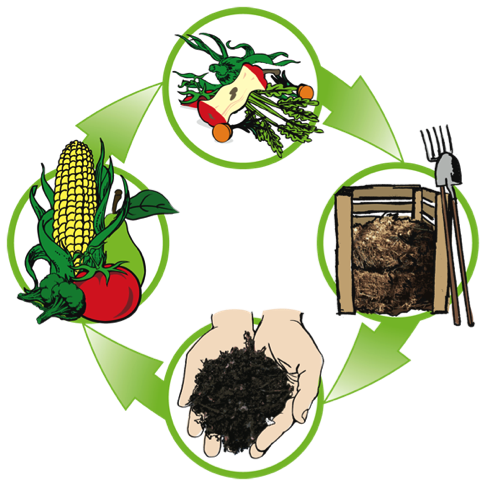Pollinators come in all shapes and sizes. The first pollinators that likely come to mind are bees. While they are great pollinators, they aren’t the only ones moving pollen around. Other big contributors include: bats, hummingbirds, butterflies, and moths.
Let's talk a second about what pollination is and how pollinators are moving the pollen around.
.png) Pollination
is simply the movement of pollen grains from a flower’s male part (the anther)
to its female part (the stigma). Most
plants (over 75%!) depend on their relationship with pollinators to move pollen in order to
make seeds and reproduce. Since plants are the basis of most food chains, these relationships between plants and their pollinators are crucial for many life forms. Even agriculture depends on pollinators.
Pollination
is simply the movement of pollen grains from a flower’s male part (the anther)
to its female part (the stigma). Most
plants (over 75%!) depend on their relationship with pollinators to move pollen in order to
make seeds and reproduce. Since plants are the basis of most food chains, these relationships between plants and their pollinators are crucial for many life forms. Even agriculture depends on pollinators.The plant however, is not the only one benefiting from this relationship. Plants produce nectar to attract pollinators which provides important nutrients and energy to pollinators. While the pollinators are busy moving from flower to flower drinking up the plant's nectar, they are also bumping and shaking the pollen around and end up transporting pollen from flower to flower. This is a great example of mutualism between plants and animals, a relationship where both organisms benefit. Pollination that occurs between different plant species can create more genetic diversity and, thus can help plants to become more resistant to environmental pressures.
Native plants are critical to these pollinators!
Planting native plants is always a good idea, but when it
comes to gardening for pollinators, it is absolutely critical. Pollinators prefer native plants
even though they will gather nectar from other plants as well. Native plants
evolved to be pollinated by local pollinators and thrive through this
relationship. In fact, many insect pollinators (like the monarch) are entirely reliant upon 1 specific host plant (milkweed, in their case). If that specific plant is not available, the species will not survive. This guide to "Selecting Plants for Pollinators," is a great place to find what plants are right for you: http://pollinator.org/PDFs/OuterCoastal.rx5.pdf. For instance, beetles prefer dull white or green, large bowl-like flowers that emit a fruity scent. Examples include the Pawpaw and the Magnolia.
Plants placed in large bunches rather than small clusters are more likely to attract a pollinator's eye. Also make sure to incorporate a good variety of plants,
including ones that bloom at different times so as to encourage the greatest
diversity of pollinators to visit your yard throughout the season.
Another great resource for pollinator information can be found here:
Compiled by Clint Boaz, Intern; Edited by Trista Imrich, Pearl Homes Coordinator, LRNow











